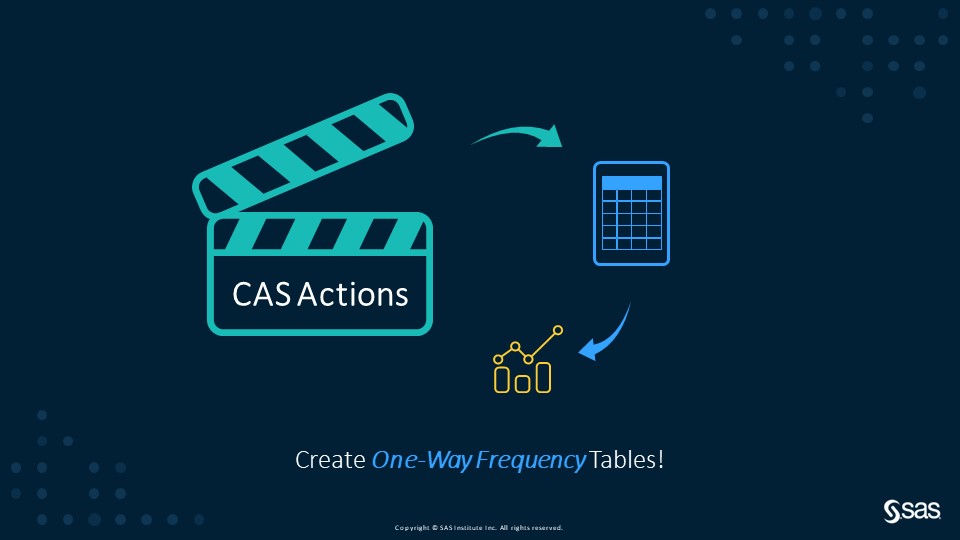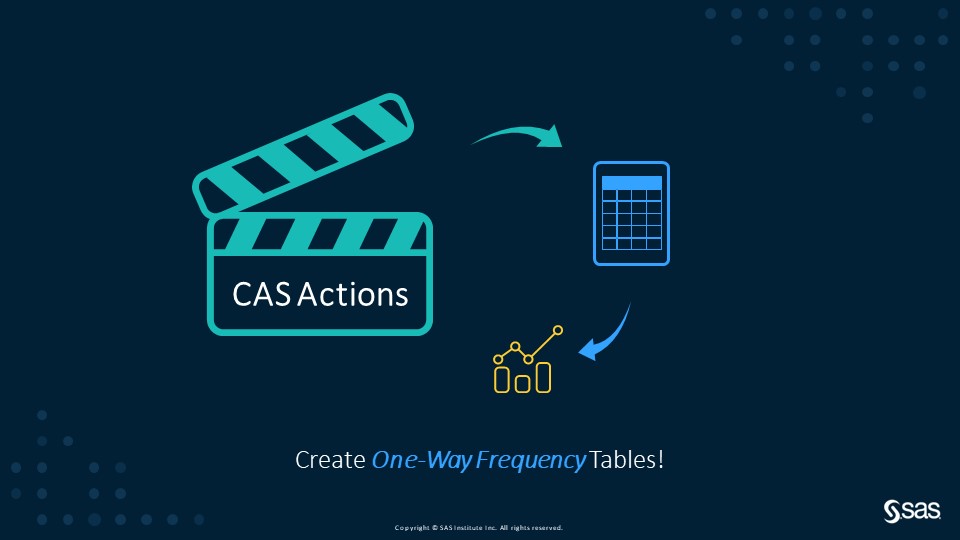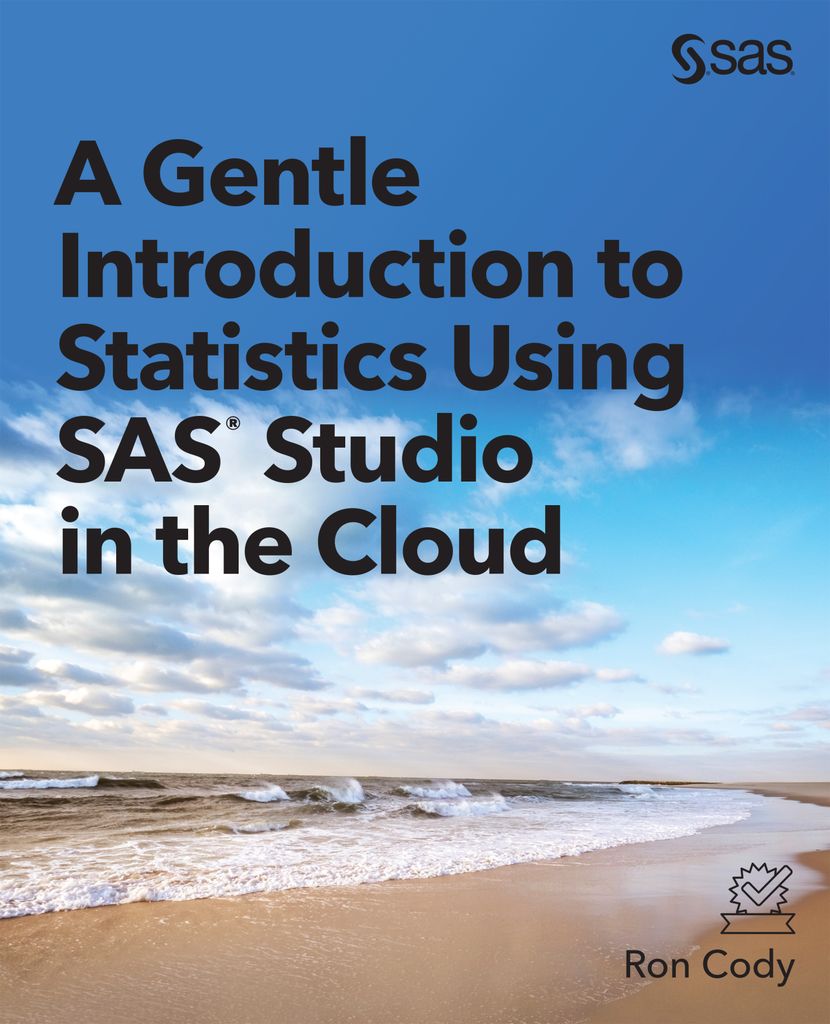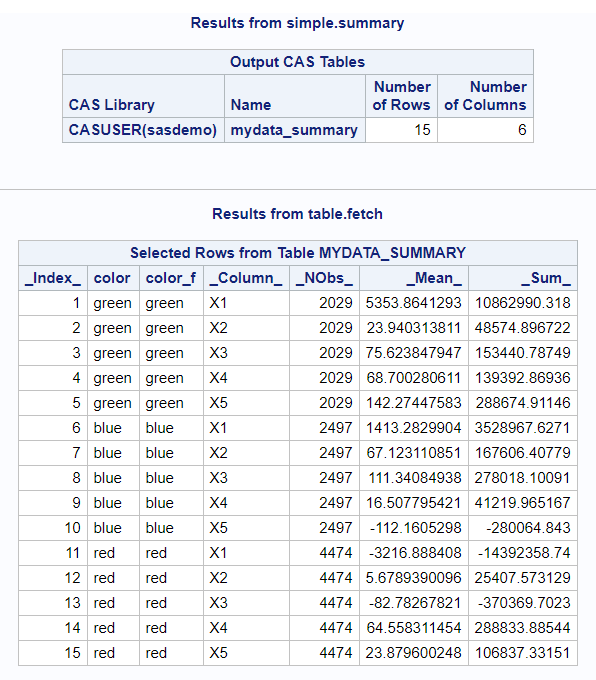
Welcome back to my SAS Users blog series CAS Action! - a series on fundamentals. The previous posts show how to use the simple.freq CAS action to generate, save and group simple frequency tables. In this post I will show you how to use the freqTab.freqTab CAS action to generate more advanced





